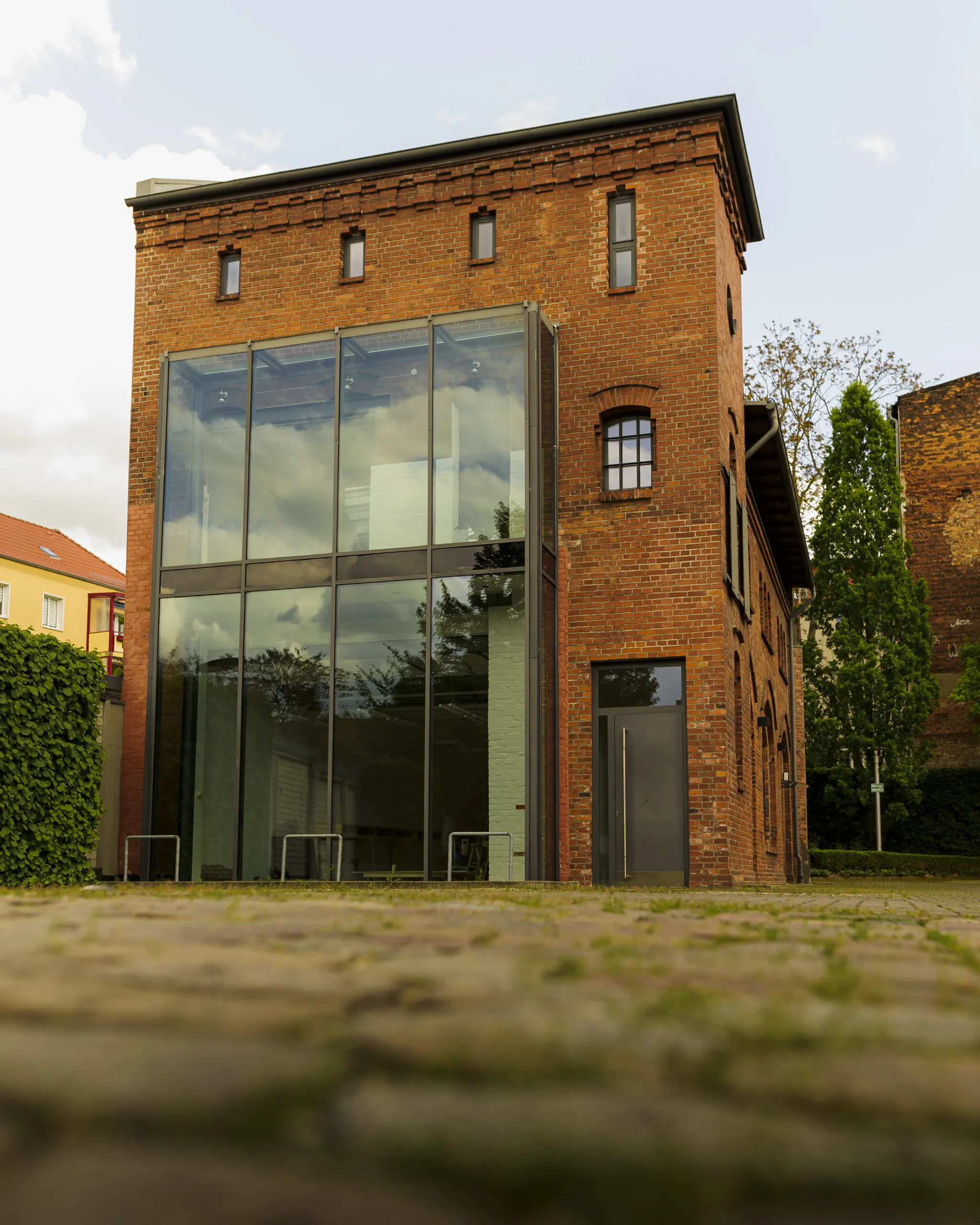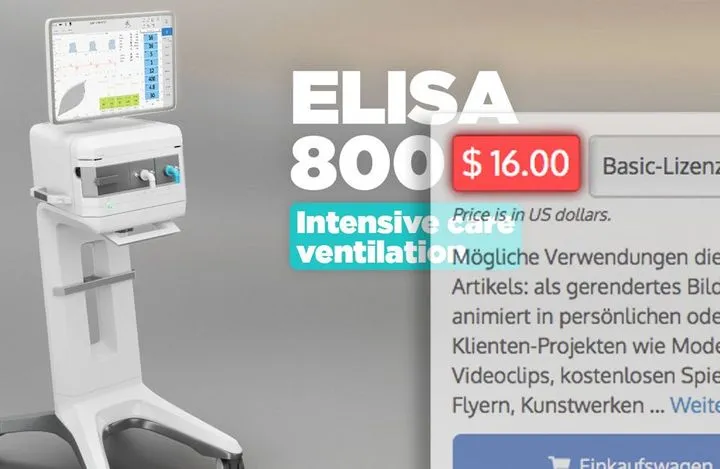Perspective
Childhood with an artificial heart and hospitalization
Children are active: they play, run around and discover new things all the time. However, children with heart failure are severely restricted in their urge to explore: Their circulation is not supplied with sufficient oxygen and nutrients. In order to combat the heart disease, medication is initially used - which unfortunately is not always sufficient for seriously ill patients. At a young age, they have to wait for a donor heart. As the waiting time for a donor organ is often very long, this time is bridged with heart support systems.
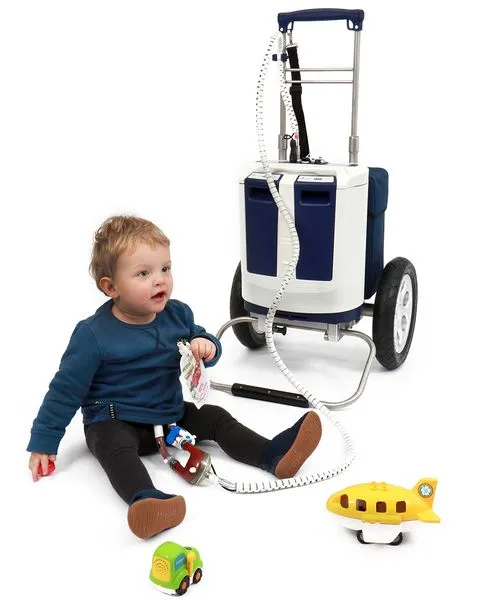
The young patients are treated as inpatients with the help of an extracorporeal blood pump, which is permanently connected to the natural heart and connected to a drive unit. They are therefore constantly connected to the drive unit via a tube. Without really understanding why they cannot simply run and play like other children, they are tied to a fixed location. The EXCOR® Active drive unit from Berlin Heart was therefore developed especially for the needs of children: The new drive unit enables little people to move around more freely. We have contributed to this enormous flexibility with our core discipline of industrial design.
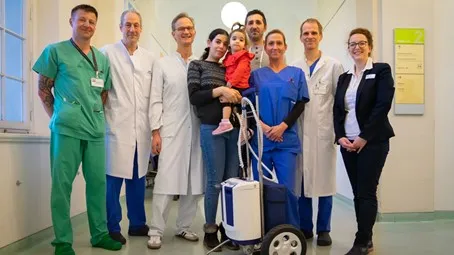
User-friendly "world sensation"
A high press response to the new system underlines the importance and public interest in the topic. From Deutscher Ärzteverlag to BILD: the drive was discussed by a number of editorial offices and was described as a "global sensation" (BILD), for example.
This is no wonder: the new unit brings many decisive advantages for those involved compared to the previous drive unit. The mobile device offers children and their families the opportunity to go on excursions and walks around the hospital grounds. Depending on the age of the child, the hand luggage-sized system can be attached to a special baby buggy or transported on a caddy. The rechargeable batteries ensure greater mobility and safety when out and about: the battery life is between five and seven hours instead of the 30 minutes previously possible.
15 instead of 95 kg
Additional protection is provided by back-up batteries and an emergency battery integrated into the new drive. The redundant spindle drives of the EXCOR® Active can replace each other in the event of a technical fault. The batteries can be charged both within the drive and via an external charging station. The charge status can be read at any time. As the mobile unit weighs only 15 kg instead of the stationary 95 kg, it can be used flexibly to a large extent: the easy-to-handle system can also be used by laypersons outside the clinical facility.
But it also makes it easier to care for children in hospital. An ultrasound sensor measures the blood flow and contributes to alarm and intervention management by permanently monitoring technical and clinical values and comparing them with the patient's individual presettings. A panel PC with touchscreen, on which important information and vital data can be called up at any time, makes the system user-friendly.
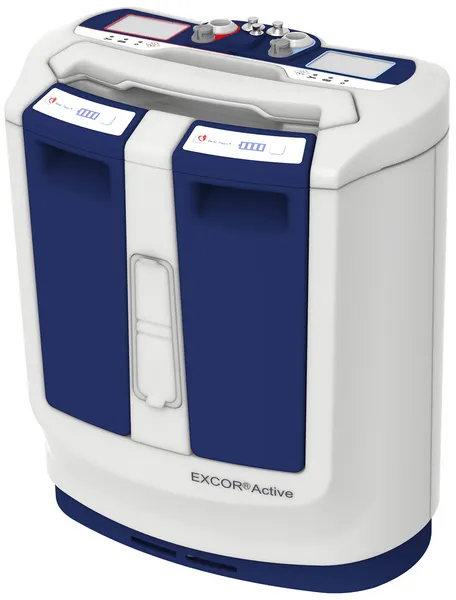
Decisive contribution to quality of life
The design of the drive unit is essential for its use. A friendly appearance is particularly important for children in their daily clinical routine. Instead of a large, box-shaped device, they are now connected to a small drive unit with a deliberately rounded and robust surface.
The everyday lives of children with heart disease and their families are shaped by the illness. It was therefore a particular motivation for us to be able to make a contribution to enabling young families to organize their daily routines more flexibly. In addition to this motivation, we had a special awareness of the value of the design of this extraordinary device: due to the risk classification of the medical device in class 3, our work was about much more than a friendly appearance. We were able to help create a truly sensitive and user-friendly design despite meeting a large number of technical and safety-related requirements.
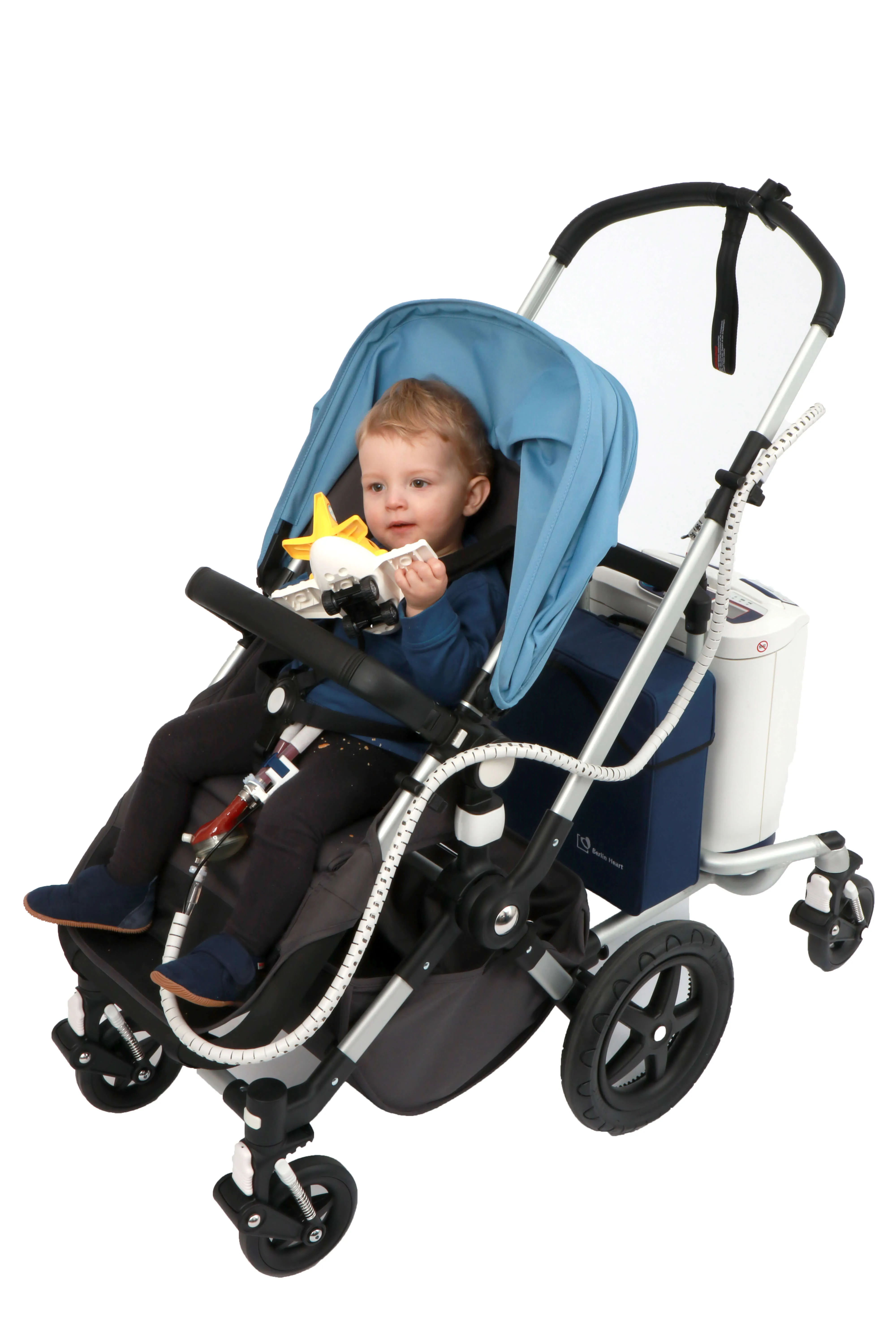
With EXCOR® Active, patients can play, walk and enjoy nature despite having an artificial heart and being in hospital. This promotes age-appropriate development during therapy, especially for young children and babies. The optimized product features and the resulting increase in mobility relieve the burden on children, parents and hospital staff and improve the overall quality of life for families.
We are delighted that our intensive efforts in design are now helping to improve the lives of many little people.
Frequently asked questions

